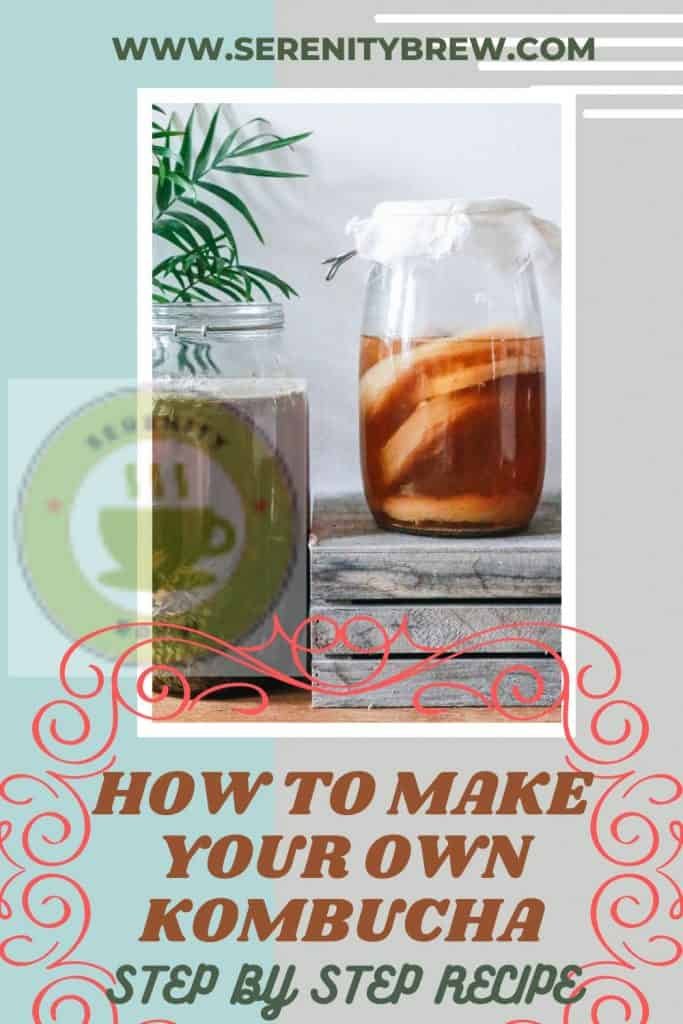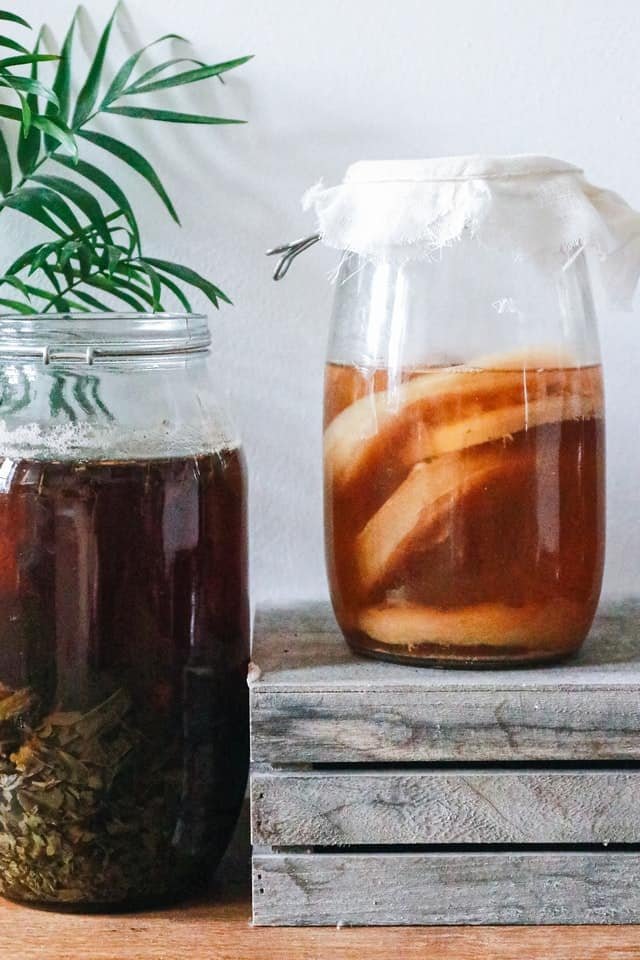
Kombucha is a very particular fermented drink. Its slightly acid taste is due to its controlled fermentation process caused by bacteria and yeasts.
As usual, several countries dispute the origin of kombucha. In China, they maintain that the fungus that gives rise to this tea could be found in their territory as early as 206 BC. In fact, there are some scriptures that seem to refer to it as a fungus tea that had detoxifying and energizing uses.
However, legends point out that the origin of this drink could well be Korean instead of Chinese. Its invention is attributed to a doctor named Kombu, whose origin is unknown (although it is believed to be Chinese or Korean), who saved the life of the Japanese emperor Inkyo back in the 400s. That is where his name would come from: Kombucha.
Regardless of its origin, the reality is that the consumption of Kombucha first spread through Asian countries until it reached Russia in the 18th century, where it reached its greatest popularity a century later. Little by little, its consumption became more and more common, spreading throughout the West to the present day.
Now, as you can deduce from the story we have told you, kombucha is not new. In fact, it has been used in Chinese medicine for hundreds of years to balance chi (or vital energy), as well as to improve digestion.
Kombucha “tea”
There is currently a discussion about whether kombucha is really a tea or not. Made on the basis of sweetened black tea (although other varieties can also be used), its subsequent fermentation would make it a probiotic infusion, with all the properties that we know of these compounds today, including the regulation and maintenance of flora intestinal.
Now, how is this tea fermented? The infusion undergoes a totally controlled non-alcoholic fermentation process, where the Kombucha fungus acts on the drink, consuming its sugars and developing an acid medium.
After a few weeks, a gelatinous formation will appear on the surface of the drink, made up of microorganisms that break down the sugars present in the tea, fermenting it and giving it acidity.
How to make kombucha at home
The traditional kombucha recipe uses sweetened black tea. However, nowadays, it is possible to find versions made with green, red or oolong tea.
The proportions of tea, sugar and fungus vary from city to city. For this reason, you may find differences between our recipe and others. But don’t worry: following our advice, you will prepare a kombucha to lick your fingers.
Ingredients
- 1 liter of water
- 50 grams of sugar
- 5 g of black tea leaves
- Kombucha mushroom (you can get it from someone who already makes their own kombucha or buy it (sold on Amazon))
Preparation
- Bring the liter of water to a boil. Remember that the quality of the water can affect the taste of the infusion. If your tap water has too much lime, it may be better to use bottled water.
- Dissolve the 50 grams of sucrose in the boiling water.
- Add the black tea leaves and steep for 5 minutes.
- Strain the infusion to remove the tea leaves.
- Let cool to room temperature. When the tea is at 20 degrees, pour it into a glass jar and add the Kombucha mushroom. Pay special attention to the temperature because excessive heat can kill the fungus and cause the fermentation to fail.
- Store in the glass jar, covered with a sheet of kitchen paper secured with a rubber band to keep out insects. It is very important that fermentation occurs around 22 degrees, in a range between 18 and 26.
- After a few days, you will see how a gelatinous film forms on the top of the drink: it is the tea fungus. Later, bubbles will appear that will make you notice that the fermentation process is coming to an end.
- The drink will be ready after 10 to 14 days of fermentation. We recommend that on the tenth day you taste the preparation to determine if the flavor is right for you.
- Once you have obtained the desired flavor, always without exceeding two weeks, remove the new fungus from the tea, reserving it with a little fermented tea in another container.
- Filter the drink and store it in closed bottles at a low temperature (approximately 5 degrees Celsius).
The taste of kombucha

After the fermentation period, the extremely sweet base black tea will transform into a sparkling drink, slightly bittersweet with a fruity note that will not leave you indifferent. Of course, pay attention to the fermentation time since after two weeks, the drink can continue to gain acidity, transforming into vinegar.
Do you dare to prepare kombucha at home? Monitor the fermentation, checking that insects do not harm it and that the temperature and duration are adequate. As it is a probiotic drink, like yogurt, it will help regulate intestinal transit, balance acidity, reduce cholesterol and activate the immune system.
Plus, it’s delicious! Can we ask for something else?
